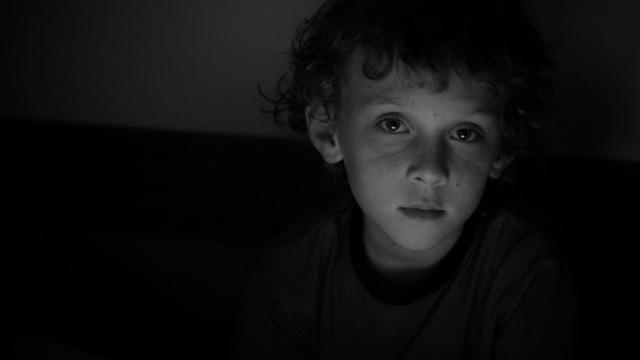With young kids, bedtime routines usually involve a precise checklist of putting on PJs, brushing teeth, reading stories, asking for water, getting tucked in, realising Bunny is missing, going on a mad search through the house for Bunny, getting tucked in again, saying oh wait! I have to use the potty, getting tucked in again, and giving goodnight kisses. And then, at long last, the lights finally go out.
Photo: Seth Baur (Flickr Commons)
But that might too late, a new study suggests.
It turns out that children’s eyes are a little bit different than adult eyes – they let in more light. Exposure to bright light before bedtime can have stronger effects on them, throwing their circadian systems out of whack. What parents can do: An hour before bedtime, dim the lights in your child’s environment.
The New York Times featured the study by the sleep and development lab at the University of Colorado, Boulder. Before bedtime, researchers had preschoolers play at a light table to receive the “light stimulus”. What they found was that melatonin was suppressed by almost 90 per cent in response to one hour of bright light before bedtime, and that the effects of the light exposure continued even after the light table was turned off. Poor sleep in kids, as we know, can lead to mood swings, behavioural issues and cognitive problems, not to mention general misery for all those around them, and problems can persist into adulthood.
Parents can take control of the amount of light their kids are exposed to before bedtime. Here are some ways to do it:
An hour before bedtime, turn off all bright overhead lights and use dimmer switches. “Dimming the light allows melatonin to rise in its natural pattern,” Lameese D. Akacem, the lead author of the study, tells the New York Times. If you have smart lights, you can set them to dim at a set time every night.
Don’t forget about the lights beyond the child’s bedroom. Kids will often make “curtain calls” – they will pop out of their beds to ask for more water, to complain that their left foot is cold, to ask if it’s morning yet, whatever. Make sure the rooms that they might pop into aren’t brightly lit, the researchers advise.
If you must use a night light, make sure it’s shining low, near the floor. Dr Judith Owens, the director of sleep medicine at Boston Children’s Hospital, told the NYT that “you don’t want anything shining directly in the eyes”.
Use a warm reading light for bedtime stories. Blue light is bad for sleep, but an amber light, like this one, can help protect melatonin production.
Avoid screens. Researchers have found that infants and toddlers who spend more time on touchscreen devices, such as smartphones and tablets, sleep less at night. Traditional screens, such as TV and video games, have also been linked to sleep problems in kids. Parents can make a child’s bedroom – and especially the bed – a tech-free zone.
“To Help Children Sleep, Go Dark” [New York Times]

Comments